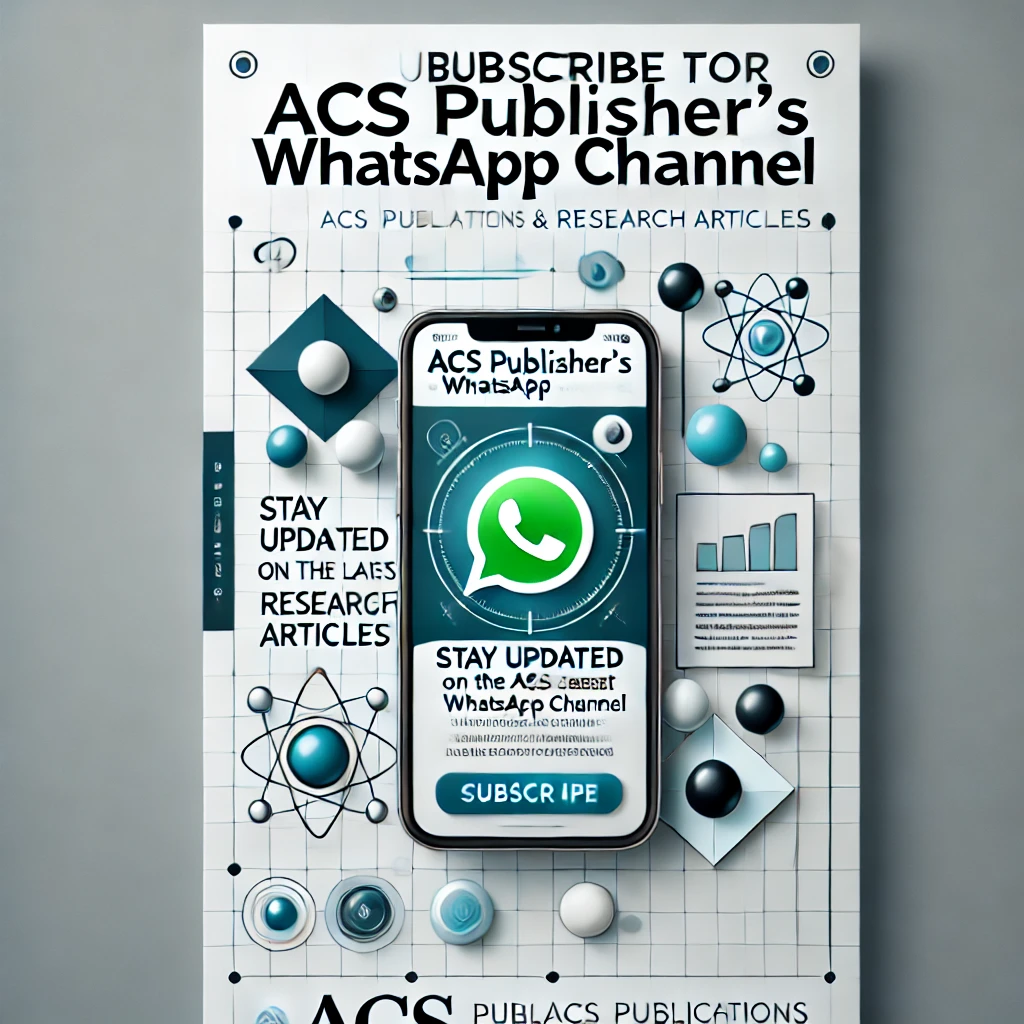A Study Protocol on the Evaluation of Comparative Efficacy of Waj (Acorus calamus Linn.) versus Pregabalin in Diabetic Peripheral Neuropathy
DOI:
https://doi.org/10.48165/IRJAY.2024.71103Keywords:
Diabetic peripheral neuropathy, Acorus calamus Linn, Waj, Diabetes mellitus, UnaniAbstract
Background: Diabetes is a major global health concern in the twenty-first century. The International Diabetes Federation (IDF) estimates that by the end of 2021, complications from diabetes would have killed 747,000 peoples in India. Diabetic peripheral neuropathy (DPN) is a disorder that develops in patients with diabetes (type 1 and type 2) and is not attributable to any other peripheral neuropathy causes. Clinically, it may manifest as burning, tingling, numbness, or neuropathic pain in the foot that tends to get worse at night. DPN frequently results in ulceration, infection, deterioration of the skin, and ultimately amputation. Methods: This study will be conducted as randomized standard-controlled, single-blind trial on 150 DPN subjects with type 2 diabetes by randomly assigned them to two groups (test or standard), where test group will receive two capsules twice (containing 500 mg powder of test drug in each capsule) with water and control group will receive one capsule of pregabalin 75 mg twice. Both groups will be treated for 60 days with 30 days post treatment follow-up addition to their regular anti-diabetic treatment. The subjective parameters of burning, tingling, and pain in the feet will be evaluated every two weeks using the visual analog scale (VAS) and arbitrary scale. Objective parameters, Toronto Clinical Scoring System (TCSS) will be assessed fortnightly along with vibratory perception threshold (VPT), assessed pre and post-treatment. Data will be assessed statistically with appropriate tests.
Downloads
References
Nizamdeen, F. N., Quamri, M. A., & Alam, M. A. (2022). Efficacy of Habb-e-Asab in diabetic peripheral neuropathy: A randomized placebo control study. Journal of Basic & Clinical Physiology & Pharmacology, 2022. https://doi.org/10.1515/
jbcpp-2021-0330
Didangelos, T., Karlafti, E., Kotzakioulafi, E., Margariti, E., Giannoulaki, P., Batanis, G., Tesfaye, S., & Kantartzis, K. (2021). Vitamin B12 supplementation in diabetic neuropathy: A 1-year, randomized, double-blind, placebo-controlled trial. Nutrients, 13(2), 395. https://doi.org/10.3390/nu13020395
Sloan, G., Selvarajah, D., & Tesfaye, S. (2021). Pathogenesis, diagnosis, and clinical management of diabetic sensorimotor peripheral neuropathy. Nature Reviews Endocrinology, 17(7), 400-420.
Dyck, P. J., Kratz, K. M., Karnes, J. L., Litchy, W. J., Klein, R., Pach, J. M., Wilson, D. M., O’Brien, P. C., Melton, L. J., & Service, F. J. (1993). The prevalence by staged severity of various types of diabetic neuropathy, retinopathy, and nephropathy in a population-based cohort: The Rochester Diabetic Neuropathy Study. Neurology, 43(4), 817-824.
Jasmine, A., Durai, V., & G.V., A. (2021). Prevalence of peripheral neuropathy among type 2 diabetes mellitus patients in a rural health centre in South India. International Journal of Diabetes in Developing Countries, 41, 293–300. https://doi.
org/10.1007/s13410-020-00885-6
Bansal, V., Kalita, J., & Misra, U. K. (2006). Diabetic neuropathy. Postgraduate Medical Journal, 82(964), 95-100. https://doi.org/10.1136/pgmj.2005.036137
International Diabetes Federation. (2021). IDF Atlas factsheet 2021 for Southeast Asia. Retrieved from https:// diabetesatlas.org/idfawp/resource-files/2021/11/IDF-Atlas Factsheet-2021_SEA.pdf
Juster-Switlyk, K., & Smith, A. G. (2016). Updates in diabetic peripheral neuropathy. F1000Research, 5, F1000 Faculty Rev 738. https://doi.org/10.12688/f1000research.7898.1
Toth, C. (2014). Pregabalin: Latest safety evidence and clinical implications for the management of neuropathic pain. Therapeutic Advances in Drug Safety, 5(1), 38-56. https://doi. org/10.1177/2042098613505614
Dhaliwal, J. S., Spurling, B. C., & Molla, M. (2023). Duloxetine. In StatPearls [Internet]. Treasure Island, FL: StatPearls Publishing. Available from https://www.ncbi.nlm.nih.gov/ books/NBK549806/
Heydari, M., Shams, M., Hashempur, M. H., Zargaran, A., Dalfardi, B., & Borhani-Haghighi, A. (2015). The origin of the concept of neuropathic pain in early medieval Persia
(9th-12th century CE). Acta Medica Historiæ Adriaticæ, 13(Suppl 2), 9-22.
National Formulary of Unani Medicine. (2007). In Vol. 1, Part 2 (p. 47, 186, 191). New Delhi.
Ghani, H. N. (2011). Khazainul Advia. New Delhi: Idara Kitabus Shifa.
Anonymous. (2008). The Unani Pharmacopoeia of India (Part-1, Volume-V, pp. 107-108). New Delhi: Government of India Ministry of Health and Family Welfare Department of AYUSH.
Khare, C. P. (2007). Indian medicinal plants: An illustrated dictionary. New Delhi: Springer Pvt Ltd.
Shukla, P. K., Khanna, V. K., Ali, M. M., Maurya, R., Khan, M. Y., & Srimal, R. C. (2006). Neuroprotective effect of Acorus calamus against middle cerebral artery occlusion-induced ischaemia in rat. Human & Experimental Toxicology, 25(4), 187-194. https://doi.org/10.1191/0960327106ht613oa
Muthuraman, A., & Singh, N. (2011). Attenuating effect of Acorus calamus extract in chronic constriction injury-induced neuropathic pain in rats: An evidence of anti-oxidative, anti inflammatory, neuroprotective and calcium inhibitory effects. BMC Complementary and Alternative Medicine, 11, 24. https:// doi.org/10.1186/1472-6882-11-24
Singh, A. K., Ravishankar, B., Sharma, P. P., & Pandaya, T. (2017). Clinical study of anti-hyperlipidaemic activity of vacha (Acorus calamus Linn) w.s.r to sthaulya. International Ayurvedic Medical Journal, 5, 1–8.
Tajadini, H., Saifadini, R., Choopani, R., Mehrabani, M., Kamalinejad, M., & Haghdoost, A. A. (2015). Herbal medicine Davaie Loban in mild to moderate Alzheimer’s disease: A 12-week randomized double-blind placebo-controlled clinical trial. Complementary Therapies in Medicine, 23, 767–772.
Paradkar, S. R., & Pardhi, S. N. (2019). Clinical evaluation of lekhaniya effect of vacha (Acorus calamus) and musta (Cyperus rotundus) in medoroga w.s.r to obesity: A comparative study. Research and Reviews: Journal of Pharmacognosy, 3, 1–8.
Feng, Y., Zhu, J., Wang, Q., Cao, H., He, F., Guan, Y., Li, D., Yan, J., Yang, J., Xia, Y., Dong, M., Hu, F., Cao, M., Wang, J., Ding, X., Feng, Y., Zou, H., Han, Y., Sun, S., Zhang, J., Tang, A., Jiang, M., Deng, Y., Gao, J., Jia, Y., Zhao, W., & Zhang, F. (2022). White common bean extract remodels the gut microbiota and ameliorates type 2 diabetes and its complications: A randomized double-blinded placebo controlled trial. Frontiers in Endocrinology (Lausanne), 13, Article 999715. https://doi.org/10.3389/fendo.2022.999715

